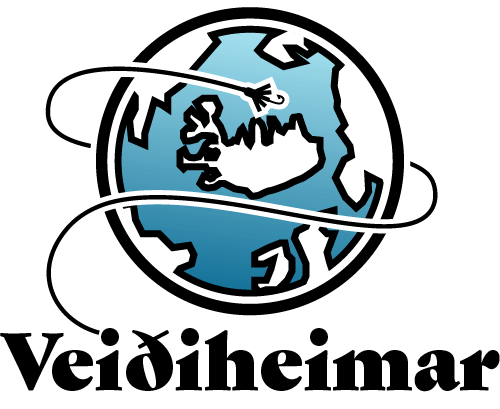Figures, undesirable salmon & price increases
Preliminary figures from the Marine and Freshwater Research Institute of Iceland indicate that salmon fishing in 2023 is the second worst in half a century. Only the great dry summer of 2019 did produce fewer wild salmon in angling. In the summer of 2023, approximately 32,300 salmon were caught, marking a 25% decrease compared to 2022 and a 22% decrease from the average catch since 1974.
Many anglers were angry and disappointed when they started catching and seeing farmed salmon in rivers, particularly during the autumn season. It is difficult to understand how sport fishing and fish farming in open sea pens can coexist. Those who are concerned about the preservation of wild salmon populations are hopeful that the bill of Svandís Svavarsdóttir, Minister of Food, Fisheries, and Agriculture, will be a positive step towards enhancing regulation of open sea pen farming.

The number of Humpback salmon observed this summer was lower than what most pessimistic forecasts had predicted. Anglers are often horrified when they catch this “undesirable” species, but they should try to appreciate it as it has become quite common. They also need to understand that there is no crossbreeding between Humpack- and Atlantic salmon. The fry enter the ocean during their first year and do not compete with other fish species in the river.
We are expecting price increases on fishing permits, but hopefully they will be moderate and in line with the price increases that the entire society is experiencing for goods and services. The price index is the controlling factor.
Picture/taken from the mighty river Austurá in Miðfjörður; an angler fishing Myrkhylur
News based on sources from mbl.is, Sporðaköst
